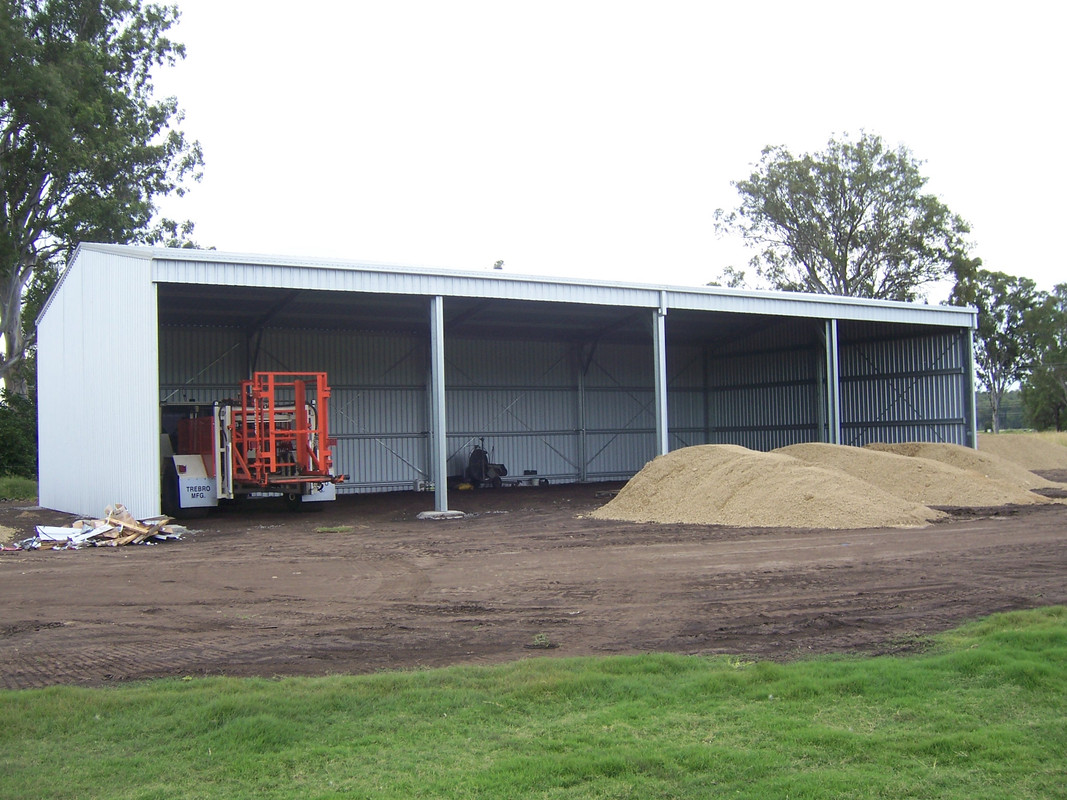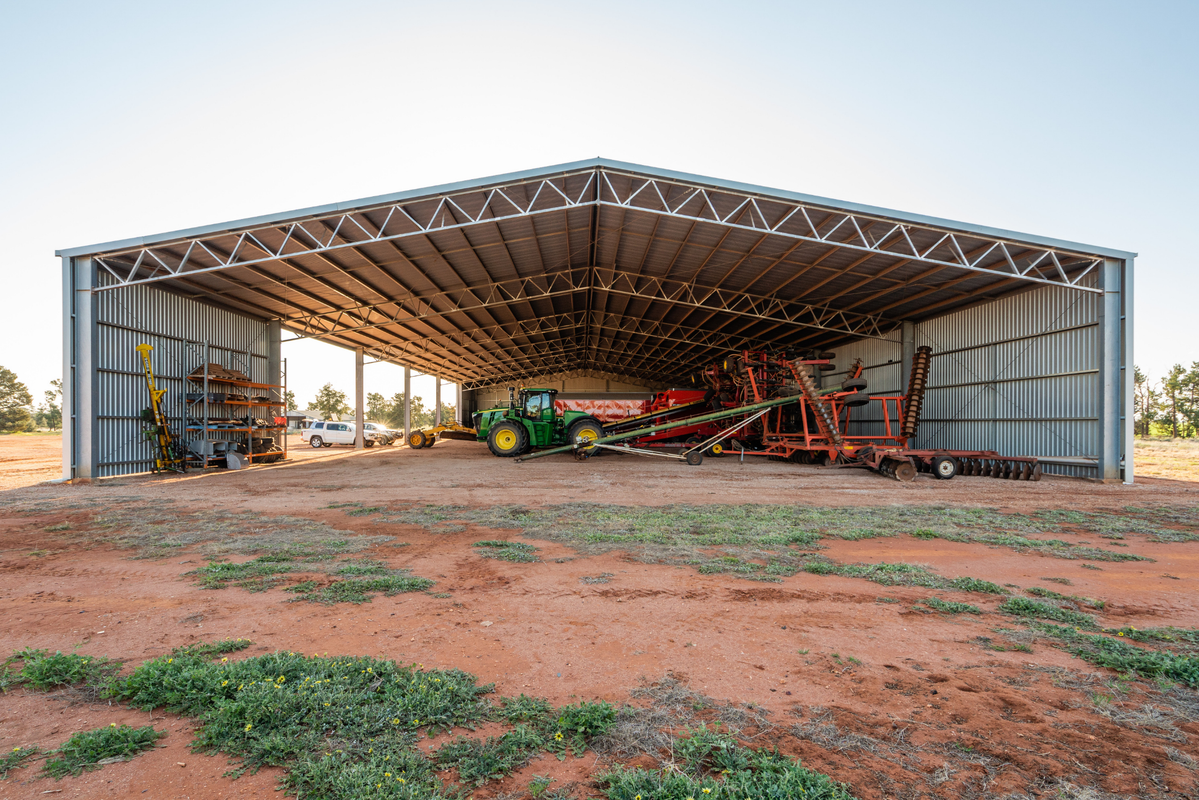Key Factors to Consider When Designing Your Farm Sheds
Introduction:
Are you ready to start the exciting journey of designing your farm sheds? Pondering how you can transform a simple shed to cater to all your specific farming needs? Or perhaps you're wondering how to make it truly authentic and reflective of your farm's identity? You've come to the right place. This blog post will take you through the key factors to consider when designing your barns and farm sheds - a significant step toward building a professional, efficient, and aesthetically pleasing farmstead.
Designing a shed for your farm goes beyond just creating a space for storage; it's about designing a smart, practical, and charming part of your homestead that enhances your operations efficiency while reflecting your personal style. Shed design spans a broad spectrum - from decisions on layout, materials, lighting, insulation, to detailing around windows, doors, and much more.
In this comprehensive guide, we've researched and laid out everything for you, covering the essential factors in planning your farm sheds. So whether you're planning your first farm shed or contemplating a renovation, we provide insights to help you make the right choices for functionality, aesthetics, and durability.

Understanding the Purpose of Your Shed:
Every farm is unique - different needs, different crops, different animals. Therefore, the first step in designing your shed is understanding its primary purpose. Is it going to be a barn to shelter your livestock? Or perhaps a storage shed for your farming equipment, hay, or produce? Or maybe even a personal workshop for farm-related tasks? Once you define this, you can tailor the design to fit your needs best.
Your shed’s purpose will dictate its size, layout, and features it’s going to need. For instance, a barn for animal shelter needs proper ventilation and insulated interiors, while a storage shed might need robust security features.
Consider important factors such as ease of access, natural light, and internal organization while planning. It's essential to envision the everyday use of your space and design around that vision.
Selecting the Ideal Location for Your Farm Shed:
Choosing the right location for your farm shed is just as important as its design. Consider the relationship of the shed to the daily operations of your farm. Would it help to have it closer to the fields? To the animals' pastures? Or near your home for quick access?
Bear in mind accessibility, climate, and orientation when locating your shed. The location should allow for efficient workflow, corralling of animals (if applicable), and optimal sunlight.
Another consideration is the impact of weather and elements on your location choice. Ensure your structure is safe from flooding, excessive winds, and other climate challenges that may affect the longevity and use of your shed.

Choosing the Right Materials for Your Farm Shed:
A farm shed is a long-term investment, and the choice of materials significantly impacts its durability. Opt for high-quality, durable materials that can withstand the rigors of farm life and harsh weather conditions.
Whether it's the structural framework, siding, or roofing, each material should be chosen wisely. Wood is a traditional choice for its warmth and visually pleasing aesthetics. Still, metal or composite materials may offer better-long term resilience and less maintenance.
Incorporation of natural light through well-placed windows or skylights can boost energy efficiency and create a more inviting space. Strong, secure doors are a must for security and insulation purposes.
Architectural Style and Aesthetics:
Just because a shed is functional doesn't mean it can't exude charm and character. The aesthetic design of your farm sheds plays a significant part in enhancing your farm's visual appeal.
The architectural style should harmonize with the surroundings and other structures on your farm. Classic barn shapes, rustic touches, or sleek modern designs – the choice is yours. Customise color schemes, finishes, and architectural details to express your individuality and brand identity.
Even details like guttering and downpipes play a part in achieving a cohesive and stylized look. Don’t overlook components that have the potential to add charm and character to your farmstead.

Budget, Functionality, and Future Needs:
Budgeting is an essential component in any project. Understand what your requirements are, research material prices, and get several quotes before deciding. Prioritize high-quality materials and consider long-term maintenance costs to ensure sustainability.
Beyond aesthetics and budget, the most vital factor in designing your shed is functionality. Ensure it caters to your operational needs, and there is room for flexibility. Farming processes evolve over time, so incorporating flexibility in your design will accommodate future needs efficiently.
Conclusion:
Building a farm sheds is a practical task that requires careful planning and considerations. It needs to serve its purpose, withstand the elements, fit within your budget, and reflect your unique style. Incorporating all these factors in designing your shed is key to an efficient, durable, and aesthetically pleasing structure that complements your farm operations while beautifully telling your farm’s story.
With the right planning, your farm shed can become more than just a functional space – it can add value and charm to your farm, be a testament of your commitment to quality and efficiency, and stand as a beacon of your farming legacy. So, let's get the sketches out, hammers ready, and build a well-designed farm shed that holds the test of time. Happy Farming!



0 comments
Note: only a member of this blog may post a comment.